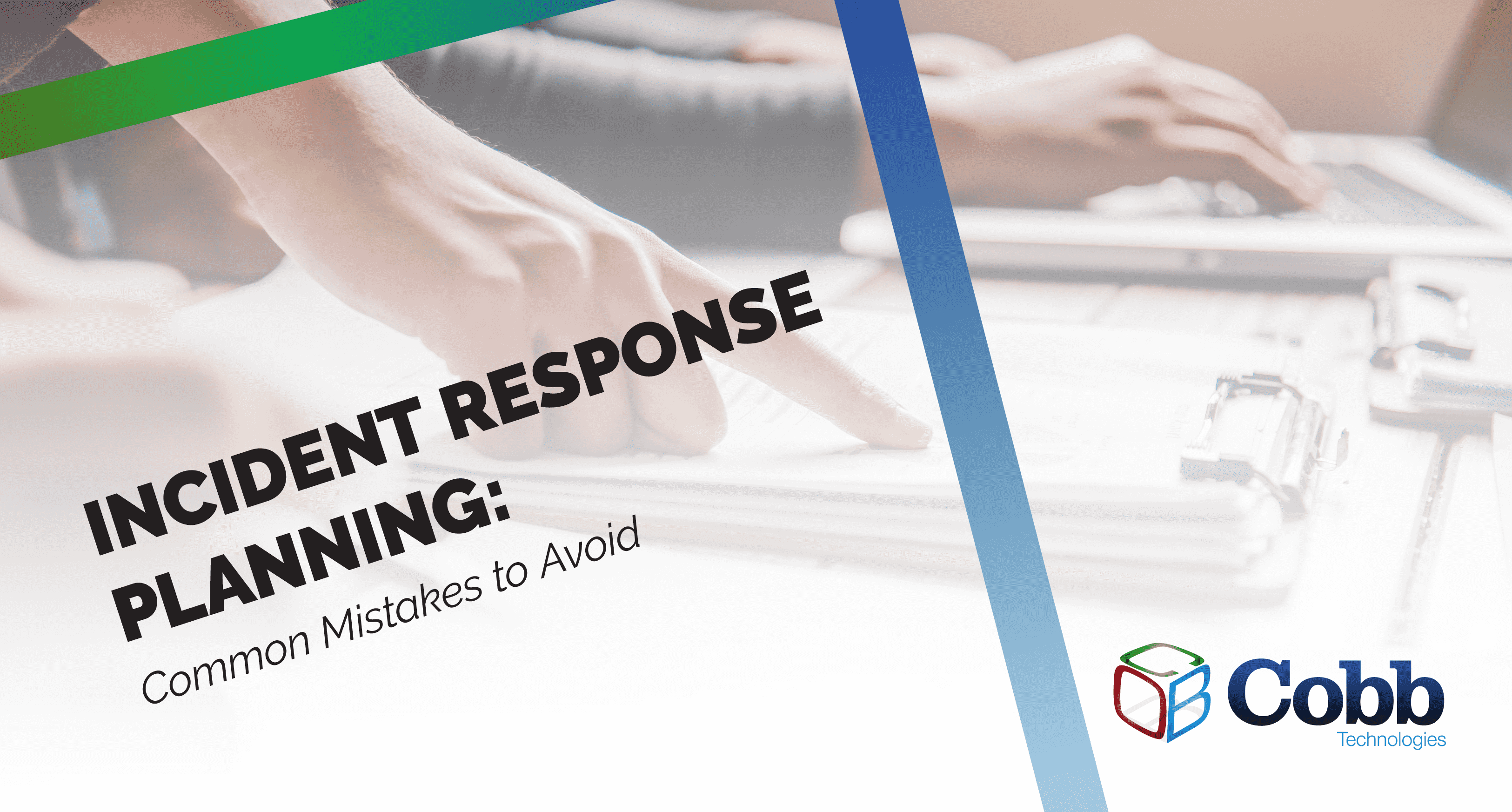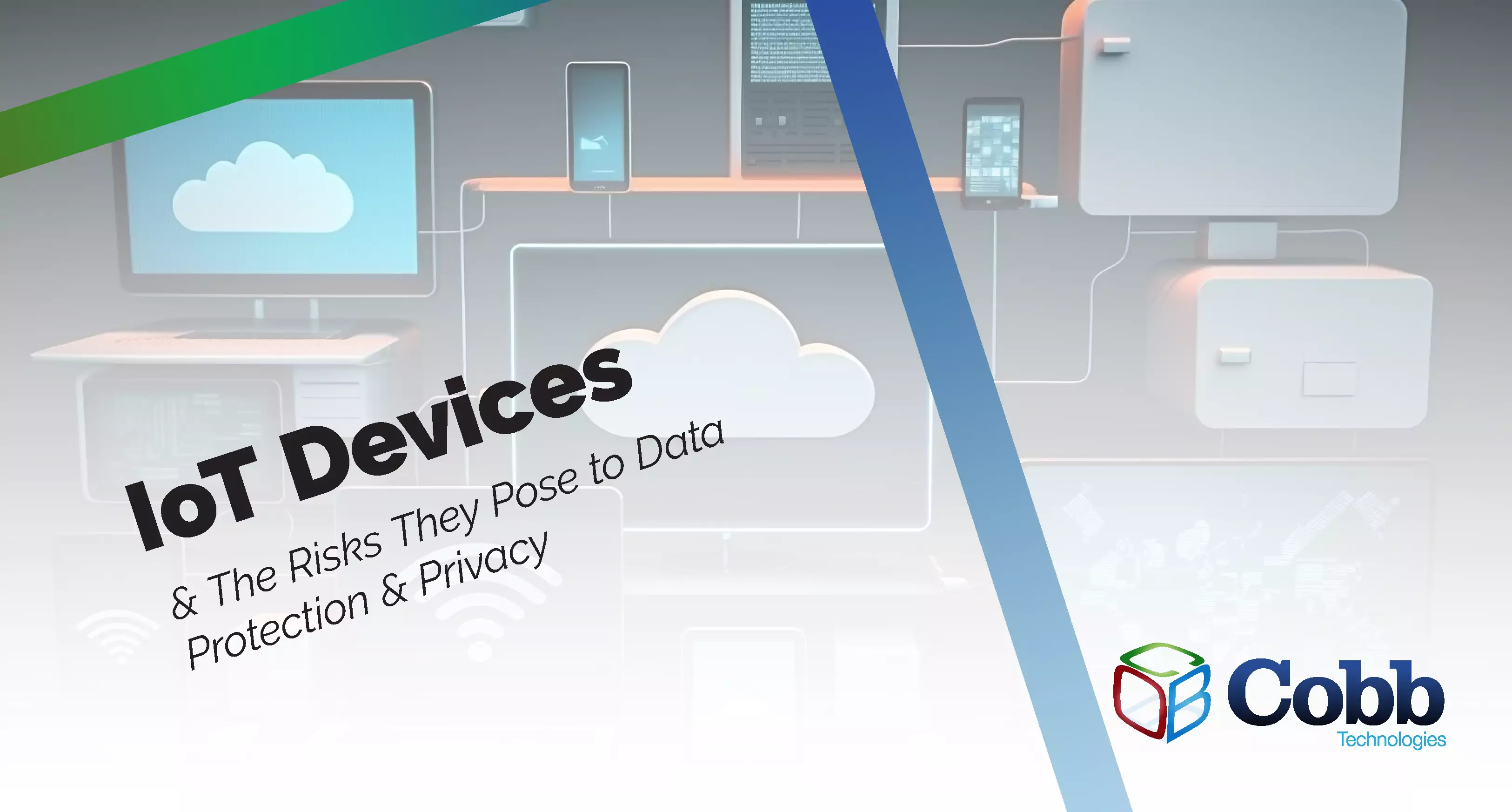5 min read
Common Incident Response Planning Mistakes to Avoid
Worried about cyberattacks hitting your business? You're not alone. Cyberattacks pose a real danger for businesses of all sizes, and without a solid...

Due to the nature of work a MITS team does for your business, this is an incredibly difficult question to answer without getting incredibly granular. Since a MITS provider is capable of managing the entirety of your enterprise or SMB’s digital ecosystem, the answer boils down to: Hiring a MITS provider costs as much as you want it to.
It all comes down to one single thing: complexity.
THE COST FACTORS OF MITS
The more complex your network and tech infrastructure, the more expensive it will be to hire a MITS team. This is due to points of failure — the more devices, routers, servers, and users that make up your system, the more prone to failure it is — in addition to this, more time must be allotted and planned for diagnostics and maintenance.
There are three factors that can be used to measure the complexity of your system: age, depth, and scale. Let’s go over those:
AGE
The age of your existing enterprise ecosystem will play a major role in determining how much your MITS partnership will cost, especially in the beginning stages of working with your MITS team. Depending on how old your systems are, they might need to be replaced immediately — and as they age, more maintenance must be done in order to keep things working properly.
Sometimes, legacy systems are so old that they require knowledge that has in itself become a rarity — meaning your MITS provider might need to hire outside help in order to successfully adopt the system. If cost is a concern for your business, it is vital to update your system as quickly as possible — the longer your MITS team spends maintaining your outdated tech infrastructure, the more money you will need to spend.
While updating your various systems (especially hardware) will have a larger price tag than compared to one week’s worth of maintenance on old systems, updating your enterprise ecosystem will ultimately save you money in the long run.
DEPTH
There’s two variants of “depth” in an enterprise ecosystem — hardware, and software — and it’s used to describe the same thing: interdependency and interconnectedness. Every enterprise ecosystem has various layers; let’s look, for example, at the depth of a single PC.
You, as the user of this hypothetical PC, interact with the surface layer — otherwise known as “end-user systems.” Think of your email client, your internet browser, your word processor, or any other programs you interact with. This surface layer would be lost without a foundation of processes below it, however; your PC needs an operating system to run these programs.
An OS is best thought of as the United Nations for your computer itself — it provides a neutral space for programs to communicate with processes and systems. An OS takes the information you give it (think mouse clicks and keystrokes) and feeds it to what’s called a kernel.
A kernel is the most base form of software — you can think of it as the reptilian portion of your brain, creating the layers of neuron clusters around the brain stem that control breathing and instinctual responses. The kernel takes the information the OS gives it, and translates it into mechanical functions. As the kernel gives commands, you hardware takes action.
Hardware provides a whole slew of different functionalities, but for now, let’s focus on one of the more important task centers: the CPU. You computer’s central processing unit takes information given to it by the kernel, and tells microscopic magnets to flip into an “on” or “off” position. Via multitudes of billions of combinations, these teeny tiny magnets provide the basis for everything that happens while you interact with your computer.
This is the binary layer, the original language of computers that gave rise to all other languages — and it’s the only language your computer understands. Every layer added unto your CPU is to help you interact with it, and give commands — if it weren’t for us humans, computers wouldn’t need anything other than a hard drive, RAM, and a CPU flipping millions and millions of magnets.
This is depth of the simplest scale. Within an enterprise network, this depth is manifested hundreds or thousands of times. Your computers might use a different OS that your servers (in fact, most servers use a variation of the Linux or Unix kernel), and your mobile devices use different systems than your desktops. Your programs will have programs they rely on, and as you go down the rabbit hole of complexity, the depth of your enterprise system will increase exponentially.
SCALE
Scale, in terms of your enterprise ecosystem, is the opposite of depth — if depth is measuring how many layers make up your system, scale is measuring the area that those layers cover. Scale is perhaps the simplest measurement of technological complexity to grasp; the more parts in a system, the more it costs to maintain.
The larger the scale, the more money you’ll end up spending on maintenance, security, and diagnostics. It’s an unfortunate truth, but as your enterprise system grows, you’ll need to spend more money in order to maintain it. Such is the law of the universe.
COMPLEXITY = MONEY
Hopefully this has given you an idea on how to determine the most significant cost factors of hiring a MITS provider. We wish we could give an exact amount, or even an estimate on the costs associated with a MITS team, but it’s entirely up to the needs of your enterprise ecosystem, and what you want to accomplish.

5 min read
Worried about cyberattacks hitting your business? You're not alone. Cyberattacks pose a real danger for businesses of all sizes, and without a solid...

5 min read
This March, four of our Sales Representatives headed to Atlanta for a two-week Canon training camp. This immersive training aimed to enhance their...

5 min read
Is your IoT (Internet of Things) data as secure as it should be? If you're unsure, it's time to take notice.